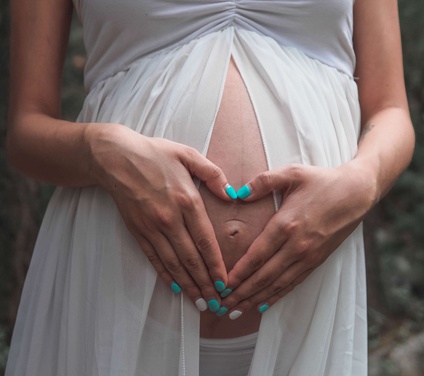Apprendre à connaître son cycle de fertilité pour les couples en désir d’enfant est une priorité pour évoluer plus sereinement vers l’objectif de conception. Le projet de faire un bébé est un projet qui devrait normalement se faire en duo, en couple et donc, demander à la femme de gérer toute seule son cycle ne serait pas une très bonne idée.
Certes, les termes ovulation, syndrome prémenstruel ou menstrues et lunes (dixit, les règles) ne sont pas forcément dans le vocabulaire quotidien des hommes car nous avons été, pour la majorité d’entre nous, éduqués en cloisonnant le rose et le bleu, malheureusement.

Connaître son cycle
Néanmoins, s’investir dans le voyage vers l’agrandissement d’une famille, c’est aussi prendre part à ce cycle que la femme vit tous les mois parfois consciemment mais souvent inconsciemment. En effet, de nombreuses femmes ignorent le fonctionnement de leur corps et parfois même de leur anatomie.
Selon l’aspect de l’endomètre (muqueuse tapissant l’intérieur de l’utérus qui subit des transformations et des modifications tout au long du cycle menstruel), le cycle menstruel va donc évoluer au cours du mois. Différentes phases seront donc physiquement observées :
- La phase menstruelle qui commencent avec le premier jour du cycle : ce sont les règles ! C’est la muqueuse endométriale qui se dégrade et s’évacue du corps de la femme. Finalement, les règles, ce n’est pas vraiment du sang.
- La phase de prolifération qui est la période qui suit les règles et ce, jusqu’à l’ovulation. Cet endomètre va se reconstruire, se régénérer et s’épaissir au fil des jours.
- La phase de sécrétion qui commence juste après l’ovulation. C’est la période où l’endomètre aura atteint son développement maximal car il sera apte à accueillir un embryon s’il y a eu fécondation. Dans le cas contraire, on recommencera alors un cycle de destruction de la muqueuse avec l’apparition des règles.
Nous comprendrons déjà qu’en phase de sécrétion, il n’y a plus de fertilité possible. En effet, la phase de prolifération sera la plus fertile du mois, celle pendant laquelle les rapports sexuels seront peut être déterminants si le couple a un désir de grossesse.

Pour aller plus loin dans la découverte de son corps, nous pouvons aussi comprendre le cycle dit ovarien qui se sépare en deux phases :
- La phase folliculaire (du premier jour des règles jusqu’à l’ovulation) : Pendant cette phase, il y a création d’œstrogènes avec un stockage dans le tissu adipeux et libération dans le sang. Donc le corps crée et stocke des œstrogènes dans notre « graisse » et libère une autre partie dans le sang.
- La phase progestative est la période qui suit l’ovulation et qui précède les règles. Cette phase progestative, ou phase dite lutéale, existe grâce à une hormone appelée progestérone. Cette hormone progestative domine en cette fin de cycle.
Sans conception, l’ovule est resté vide dans l’ovaire et il va secréter cette progestérone afin que diverses choses puissent se passer dans le corps : le col de l’utérus se referme, la muqueuse utérine se gorge d’éléments nutritifs, la paroi de l’utérus s’épaissit, etc..
Pendant cette phase, la température du corps sera plus haute de quelques dixièmes à peine, par rapport à la phase folliculaire. Retenons que pendant cette phase, la progestérone augmente en même temps que la température.
C’est la période prémenstruelle que de nombreuses femmes vivent plutôt mal à cause des nombreux désagréments qu’elle peut apporter.
Comprendre comment son corps fonctionne est une aide précieuse pour avancer sur ce chemin de découverte de soi et d’union de couple.
La symptothermie est une méthode contraceptive qui prend de l’ampleur au sein des communautés qui prônent un retour au naturel mais c’est surtout une méthode très adaptée pour les couples qui souhaitent concevoir et apprendre à connaître parfaitement leur fonctionnement.
Faire un bébé, c’est un projet qui se vit consciemment à deux.



